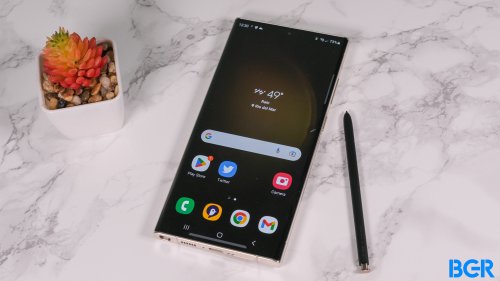

"While films may disrupt our sense of reality, 'virtual humans' or 'digital humans' will be reality," he told Mint in late December. Mistry said last month in an interview with Indian business news publication Mint that AI "has many years of development to go before science fiction becomes reality," hinting that Neon's technology wouldn't be immediately available. The ultimate promise for the smart technology is to predict what you want before you even ask - or make you forget you're not interacting with a real human. Every tech heavyweight is investing in these assistants because they're heralded as the future of how we'll interact with our gadgets.

#NEON is coming to #CES2020, so stay tuned! NEON December 26, 2019Īnd, yes, Samsung have discovered, the key to actually making smart devices useful is packing in artificial intelligence, typically in the form of voice assistants. But contrary to some news, NEON is NOT about Bixby, or anything you have seen before. Honored to have so much coverage even before we unveil. On Saturday, Mistry tweeted out two photos of what appeared to be an avatar (or "artificial human") that he called "CORE R3." And unlisted videos, spotted on Reddit and compiled into a video by the Good Content tech page on YouTube, show various other humanlike avatars that look a lot like real people. Instead, that realism backfired and caused some viewers to feel uncomfortable.

The children's film featured an all-animated cast of characters that looked somewhat lifelike - but not lifelike enough that they'd be confused for real people. Neon's technology appears to be flirting with the "uncanny valley," the sensation of disgust some people experience when they encounter something that looks very similar to, but isn't exactly, a person.Īn example of something couldn't bridge the uncanny valley was the 2004 movie The Polar Express. While Neon's realistic digital humans could become companions for some people, they also bring up questions about whether they could be too realistic.


 0 kommentar(er)
0 kommentar(er)
